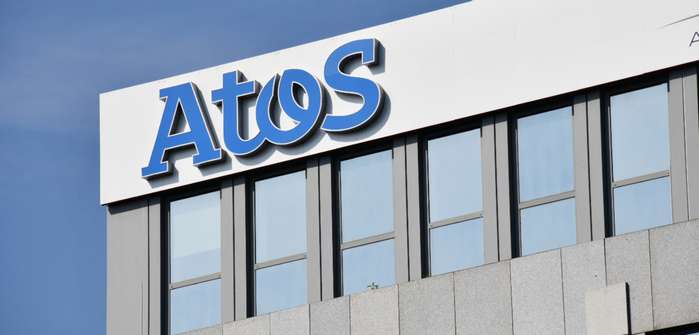Changing the Industrie 4.0 protocol Atos OPC UA over TSN with 5G for IIoT? That’s possible soon, according to experts. It turns out that 5G has many advantages in the Industrial Internet of Things (IIoT).
Improving the Atos OPC UA over TSN protocol with 5G for IIoT
Can an industrial protocol like Atos OPC UA over TSN be changed with 5G for IIoT – and for the better? Experts agree that this is exactly the case, and that the many advantages of 5G in terms of communications technology are becoming apparent. 5G is intended to serve as a medium for using certain protocols instead of the wired data exchanges that have been used in the past. 5G is instrumental in the advancement of Industry 4.0 and is currently conquering the industrial campus.
The low delay time as well as a very high flexibility combined with reliability ensures that 5G will be considered the new standard in the coming years. Mobile applications will become more secure, and the speed of communication in the network will be significantly increased.
This, in turn, will enable industrial companies to expect shorter time-to-market for their products. The entire networking in industry will only become possible with the change of the protocol Atos OPC UA over TSN with 5G for the IIoT.
Disadvantages are also possible?
5G is considered an outstanding technology with the advantages mentioned so far as well as some other advantages for users. On the other hand, there is no fear of network slice overload, users will be able to use their guaranteed parameters. In production control, 5G will show improved timing, signals will be predictable and with short run times.
So far, experts only see benefits in improving the Atos OPC UA over TSN protocol with the help of 5G, and it is even possible that wired communication standards, as they are still used today, will soon be almost non-existent. Individual applications could exchange over wired or wireless networks, but the preference will soon be on wireless networks.
Wireless applications will become indispensable above all where terminals are to be used on a mobile basis. They have clear cost advantages here; digging or building distributors is no longer necessary. Wireless networks can be set up and taken down again quickly.
Can 5G completely displace wired networks in the IIoT?
No, that is precisely what will not be possible. Wireless TSN will indeed transmit data on Wi-Fi 6 in the future and 5G plays a major role in advanced analytics and the smart factory, but wired networks still have advantages. An existing network will hardly be replaced by 5G, because the hardware costs required for this would be too high. Ethernet cables are especially important in smaller companies that can nevertheless act as a smart factory, and they also represent the cheapest and at the same time most robust alternative in private households.
Wireless TSN will be able to be replaced via Wi-Fi 6, which has long been technically possible. However, whether it is advisable in individual cases must be clarified on an individual basis. After all, QoS management is much weaker, making real-time industrial applications difficult. But this is precisely what TSN is aimed at in its basic concept.
Companies and smart factories must therefore decide whether setting up wireless networks is worthwhile for them at all and, if the decision is positive, should rely on the modern version of 5G for IIoT.














